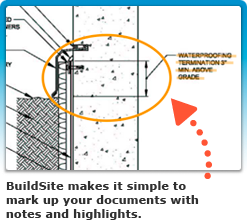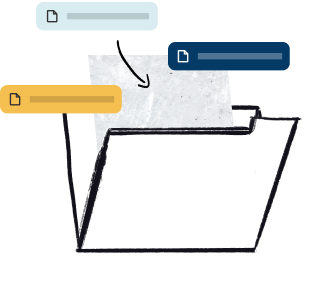Significance and Use
5.1 One of the factors affecting the performance provided by an organic coating is its capability of resisting or aiding the passage of water vapor. In some services, for example, exterior wood and masonry, the coating has to allow moderate amounts of water vapor to pass through the film without damage to it. Hence, the water vapor transmission characteristics of coatings are important in assessing their performance in practical use.
5.2 The purpose of these test methods is to obtain values of water vapor transfer through coatings that range in permeability from high to low. These values are for use in design, manufacture, and marketing.
5.3 The water vapor transmission is not a linear function of film thickness, temperature or relative humidity.
5.4 Values of water vapor transmission rate (WVT) and water vapor permeance (WVP) can be used in the relative rating of coatings only if the coatings are tested under the same closely controlled conditions of temperature and relative humidity, and if their thicknesses are equal.
5.5 Test Method A—The Dry Cup Method is the preferred test method for obtaining values that relate to conventional dwellings where high relative humidities are not anticipated.
5.6 Test Method B—The Wet Cup Method is the preferred test method for obtaining values that relate to applications where high relative humidities are anticipated in the vicinity of the barrier material. In general, the more permeable a coating is to the passage of moisture as is typical of many water-reducible coatings, the greater its affinity for water and the greater the increase in transmission when tested in and exposed to high humidities. Absorption of water may make a coating less dense, thus allowing moisture to diffuse easily and cause a much higher moisture vapor transmission rate, (WVTR) than would occur in drier environments.
1. Scope
1.1 These test methods cover the determination of the rate at which water vapor passes through films of paint, varnish, lacquer, and other organic coatings. The films may be free films or they may be applied to porous substrates.
1.2 A similar, but more generally applicable test method is Test Methods E96 which should be considered when other materials are involved.
1.3 Two test methods are covered in Test Methods D1653 as follows:
1.3.1 Test Method A—Dry Cup Method, and
1.3.2 Test Method B—Wet (Payne) Cup Method.
1.3.3 Agreement should not be expected between results obtained by different methods or test conditions. The method that most closely approaches the conditions of use should be selected.
1.4 The values stated in inch-pound units are to be regarded as standard. The values given in parentheses are mathematical conversions to SI units that are provided for information only and are not considered standard. Factors for conversion are stated in 13.2.1.2 and 13.2.2.2.
1.5 There are instruments on the market that purport to measure water vapor transmission of films more easily and rapidly than the methods described in Test Methods D1653 and E96. They run essentially the same kinds of tests as in the ASTM methods, but do so instrumentally. However, it appears that no side-by-side tests have been run comparing results from measurements with such instruments to these ASTM methods for precision and accuracy.
1.6 This standard does not purport to address the safety concerns, if any, associated with its use. It is the responsibility of the user of this standard to establish appropriate safety and health practices and determine the applicability of regulatory limitations prior to use.
Reproduced, with permission, from the ASTM International website, copyright ASTM International, 100 Barr Harbor Drive, West Conshohocken, PA 19428. To purchase the complete standard, go to http://www.astm.org/.



